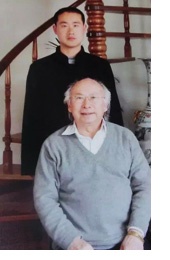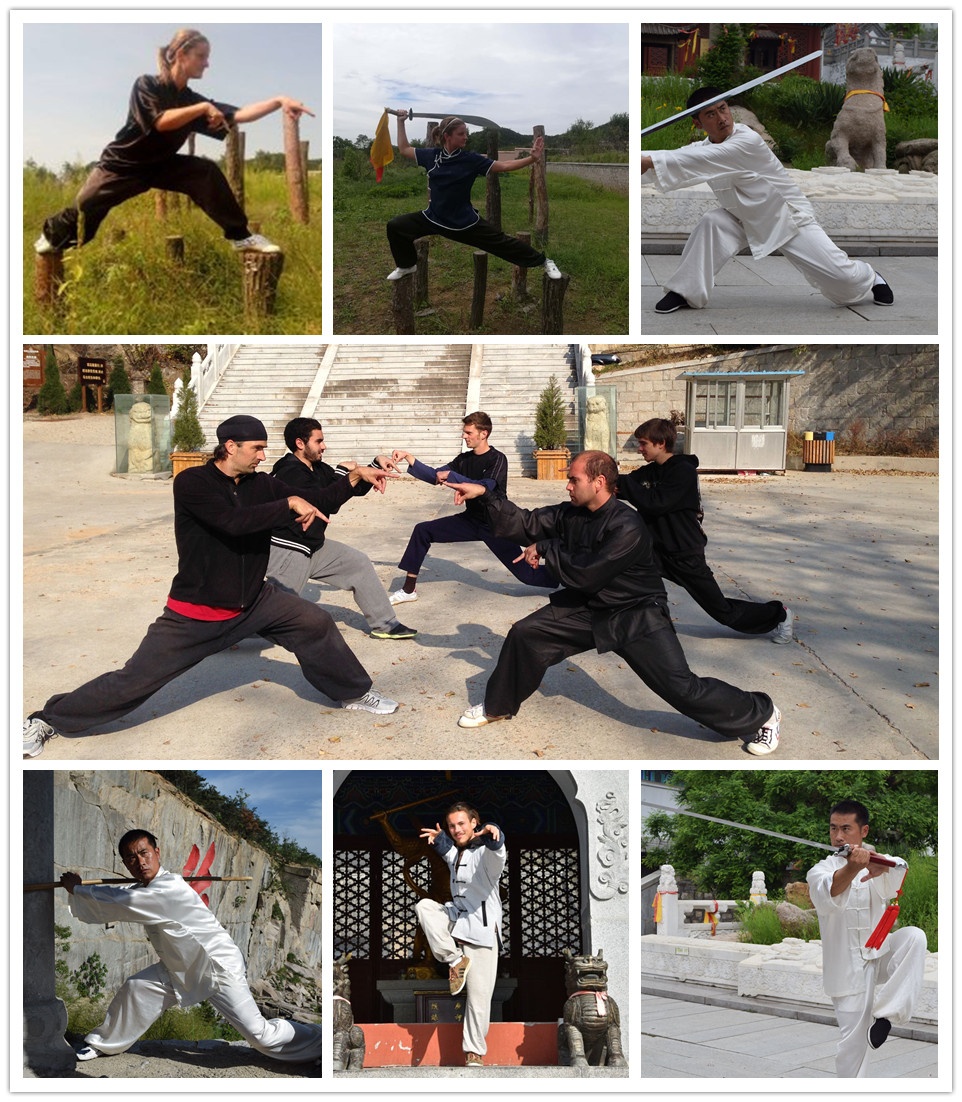Mantis Fist
Mantis Fist

Despite being somewhat under represented in the West, Praying Mantis is one of the most famous and revered external styles in China. The reason being its efficiency when striking, grappling, moving and defending, all conducted at extreme speed.
At Shengjing Shan we place a great emphasis on ensuring good form from all of our Mantis students, as well as developing speed, power, accuracy and mental flexibility. Furthermore the exploration of each movement you learn serves to deeper the practitionerŌĆÖs understanding of the art. Praying Mantis is an aesthetically unique style, founded on a devestating arsenal of techniques which can be applied in any situation.
The original Praying Mantis system was first developed by Wang Lang(ńÄŗµ£Ś) who originally lived in Shanxi province during the Ming dynasty. He started practising kungfu at an early age an was familiar with both Shaolin and Tongbeiquan. However despite his proficiency in these arts he was humiliated by an opponent at a martial arts competition.
One day whilst walking home, still suffering from the shame of his defeat, he observed a praying mantis battling a bird. Despite the birdŌĆÖs size, the mantis was able to deter the would-be predator through a combination of technique, speed and indomitable spirit. Inspired by this scene, Wang Lang began to deeply analyse the movements of the mantis and incorporate the essence of its character into a new style of kungfu. Havnig refined his new system, he returned to challenge his rival who had humiliated him before and swiftly defeated him in combat.

In the later years as Praying Mantis Kung Fu continued to evolve, some characteristics of Taichi and Plum Blossom Fist were integrated into the style, giving rise to what we now know as Taichi Plum blossom Mantis. The practitioner of this style must balance the Yin and Yang in oneŌĆÖs body, aligning their energy whilst constatly rotating the upper and lower extremities. Whilst the striking hands must move like a blooming plum blossom, cutting the oponent like the beads of the flower.

The main part of MantisŌĆÖ development was in Shandong, hence why the province is synonymous with the art. So for those keen to master the art of self-defence, as well as begin to understand China at a deeper, provincial level we recommend you choose this style.
Shengjing Shan, situated in Weihai, Shandong, China, is well-known as one of the most professional representatives who teaches mantis fist in China. Should you are interested in Chinese Kungfu, our school has many experienced masters at your service. From the origin and feature introduction to basic exercises and professional trainning, you can learn with our masters face to face or through video course.
Taiji Plum Blossom Mantis Fist
Zhang Bing Dou is known as a famous martial artist both domestic and international. He is a seventh Generation Tai Chi Plum Palm. He was born in a martial arts family in Laiyang, Shandong province in 1938. He began studying Plum Shuai Shou Mantis Style from his grandfather and mantis master Li Kun Shan when he was 6 years old. He completely inherited Mantis style skills and theory. Then he learned from famous martial artists Wang Yu ShanŃĆüSun Yu JunŃĆüLiu Jing Shan. He learned from others' strong points and closed the gap then summed up Mantis style theory.
He created Mantis sword and Mantis stuff, enriched and developed Mantis style skills and made mantis style more integration.
Shengjing Shan Shaolin Traditional Kung Fu Academy
Are you looking for a Shaolin kung fu school in China that teaches traditional Chinese martial arts and Chinese culture? Our training school atShengjing Mountaincompletes your search.
Copyright ShengJing Shan Traditional Kung Fu School 2018. All Rights Reserved. Manager
